Filter by Type
Filter by Category
Filter by Size
Filter by Year
Artists
Works by Margaret Fitzhugh Browne
Works by L. Galline
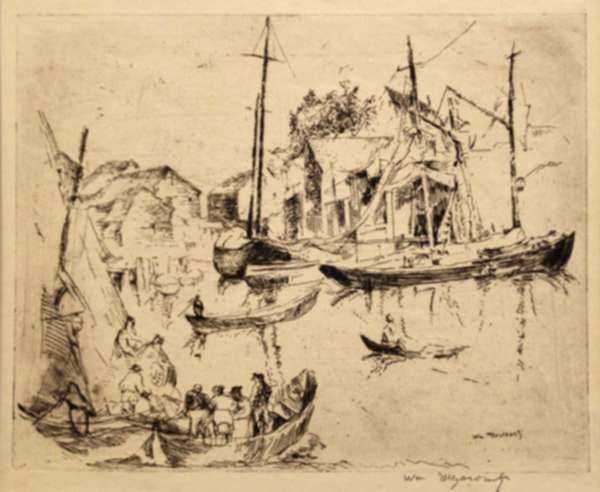
William Meyerowitz
Russian-American (1887-1981)
William Meyerowitz was born in Eksterinoslav, Ukraine in 1887 and arrived in the United States in 1908. His principal studies were at the National Academy of Design in New York between 1914 and 1918. Beginning in the 1910s be exhibited at the Art Institute of Chicago, Society of Independent Artists, the Pensylvania Academy of Fine Arts; by the 1920s he was exhibiting at the Whitney Studio Club-Whitney Museum, Salons of America, Corcoran Gallery Bi-ennials, and the Connecticut Academy of Fine Arts; in the 1930s he began showing at the North Shore Art Association, and the Worcester Museum of Art. From 1916 through 1987 he exhibited in nearly every important American painting and printmakers forum and took many prizes.
Meyerowitz was a member of many artists’ societies including: The North Shore Art Association in Gloucester, Massachusetts where he was an honorary life member and served as vice-president from1968-69, the National Academy of Design, Salons of America, the Society of Independent Artists, and the Allied Artists of America (of which he was a director). His Gloucester work forms an important part of his total oeuvre and his works of the mid-1920s are among his bestHis work is represented in many museums including: Phillips Gallery, D.C.; Metropolitan Museum of Art; Brooklyn Museum; Museum of Fine Arts, Boston; National Museum of American Art, D. C.; Library of Congress, and the Bibliothèque National, Paris.
His wife, the painter Theresa Bernstein, was his principal biographer. They began summering in Gloucester, Massachusetts by 1925 and divided their studios and artistic life between Gloucester and New York City.
Works by Charles Meryon
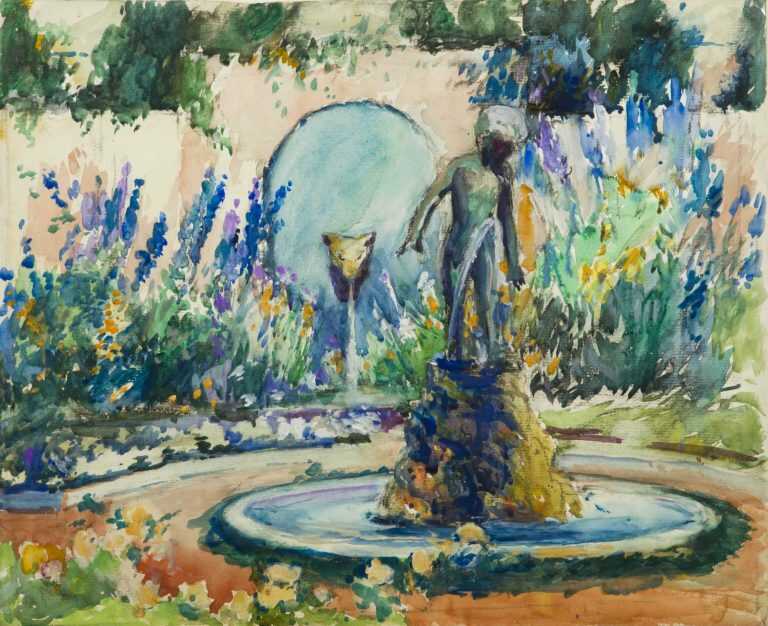
Gertrude Beals Bourne
American (1868-1962)
Gertrude Beals Bourne, American (1868-1962)
Gertrude Beals grew up on Dartmouth Street in the Back Bay of Boston. In the late 1880’s, she began to study art privately first with Henry Rice, 1853-1934 (who had learned his craft from Ross Turner, 1847-1915) and later with Henry B. Snell (1858-1943), one of the founding members of the New York Watercolor Club. An important part of her education was the trips she took to Europe with her family in the 1890’s when she painted in France, Norway, and Great Britain. In 1892, Gertrude Beals first exhibited at the Boston Art Club along with fellow artists Helen Knowlton and Marie Danforth Page. Her realism in works from the 1890’s allies her stylistically with the American landscape tradition exemplified by Winslow Homer and Childe Hassam, both of whom exhibited paintings during the 1890’s at the Boston Art Club where Bourne frequently exhibited through 1905.
Gertrude Beals married the architect Frank Augustus Bourne in 1904 and moved into “Sunflower Castle” at 130 Mount Vernon Street on Beacon Hill. There they became part of a community of artists and helped to re-gentrify the Hill in the first decades of the 20th century. Bourne was also very aware of the work of John Singer Sargent, Maurice Prendergast and Arthur Wesley Dow. The Museum of Fine Arts, Boston Museum of Fine Arts acquired several of Sargent’s watercolors in 1912, and it is known that Bourne studied his watercolor style at length and copied some of his works as an academic exercise. Both Maurice Prendergast and his brother Charles were neighbors on Mount Vernon Street and became close friends. From 1917-19 the Bournes rented a summer residence in Ipswich, Massachusetts from Arthur Wesley Dow.
Bourne continued to exhibit nationally as well as locally through the age of seventy-five. Outside of the Boston area, she participated in exhibitions at the Corcoran Gallery, the Art Institute of Chicago, the Baltimore Watercolor Club, the Brooklyn Museum, James Newman Galleries, London, and the Pennsylvania Academy of Fine Arts. Her work is included at the National Museum of American Art, the Corcoran Gallery, the Boston Museum of Fine Arts, the Brockton Art Museum, the Currier Gallery of Art, the Peabody- Essex Museum, and the Danforth Museum of Art.
The most comprehensive source for her biographical information is:
"Gertrude Beals Bourne: Artist in Brahmin Boston" 2004 Boston Copley Square Press 2004 1st Edition. Oblong Quarto. Hard and Soft Cover 144pp 104 color and 9 black and white illustrations; Foreword by Patricia Hills; (Chronology); (Bibliography); (Index). Available from Childs Gallery.
The story of elegant Bostonians has been told many times, notably by John Marquand in The Late George Apley and Cleveland Amory in The Proper Bostonians. Now D. Roger Howlett writes about Boston Brahmin painter Gertrude Beals Bourne (1868-1962). Lavishly illustrated with color reproductions of her beautiful Impressionist watercolors of still life, seascapes, and paintings of flowers and gardens, the book chronicles the artist's life, times, and artistic style.
Born on Beacon Hill, Bourne grew up in the Back Bay and New York and began her career as a painter in the 1890s. In 1904 she married the architect Frank A. Bourne, and the couple moved to 130 Mount Vernon Street—known as "Sunflower Castle." Frank helped to found the Beacon Hill Association, Gertrude founded the Beacon Hill Garden Club, and the couple is credited with re-gentrifying Beacon Hill in the first two decades of the twentieth century. Among their friends were artists Laura Coombs Hills, Maurice Prendergast, his brother Charles Prendergast, and landscape architect Frederick Law Olmsted, Jr. After Frank A. Bourne died in 1936, Gertrude continued to paint and exhibit until shortly before her death in 1962. Her work was shown at such venues as the Boston Art Club, the New York Watercolor Club, the American Watercolor Society, the Art Institute of Chicago, the Corcoran Gallery of Art, and the National Gallery of Art.
This long over-due portrait of a significant American Impressionist painter will appeal to art historians and collectors, as well as those interested in Boston history.
About the Author
D. ROGER HOWLETT is President of the Childs Gallery. He is the author of William Partridge Burpee: American Marine Impressionist, also distributed by Northeastern University Press. He lives in Boston. PATRICIA HILLS is Professor of Art History at Boston University.
Works by Gertrude Beals Bourne
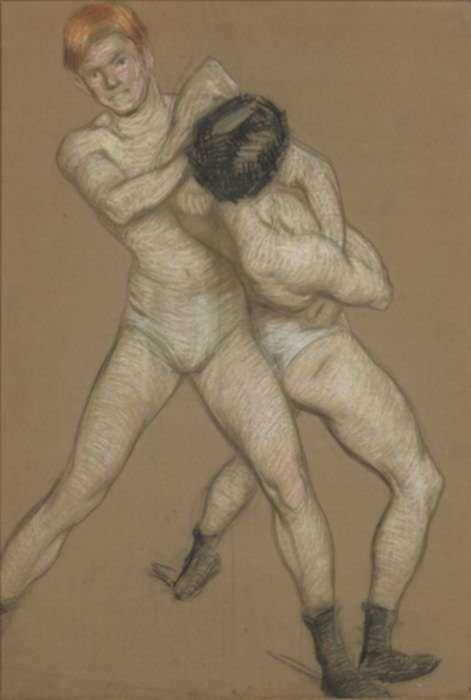
Philip Leslie Hale
American (1865-1931)
Philip Leslie Hale was the fifth of nine children born to Edward Everett Hale and his wife Emily. His siblings included painter Ellen Day Hale and architect Herbert Dudley Hale. After Roxbury Latin School, Hale’s father insisted that he pass the Harvard entrance examinations before he could begin art training. He studied at the Museum School in 1883, then at the New York Art Students’ League with J. Alden Weir, and finally in Paris at the Académie Julian and the Ecole des Beaux Arts; he then visited Spain to see the works of Velázquez before returning to New York. After exhibiting his work in Boston (at the Art Club), Philadelphia (Pennsylvania Academy), New York (society of American Artists, National Academy of Design), and Chicago (Art Institute), Hale went again to France in the fall of 1890. In 1891 he traveled to England and the following year settled in Boston, becoming an instructor of antique drawing at the Museum School in 1893. About the same time, he began to spend his summers in Giverny (France), with his friend Theodore Butler, Monet’s son-in-law, and began a demanding exhibition schedule that he would maintain throughout his career. In 1898 Hale taught summer classes in Matunuck, Rhode Island, offering instruction at six dollars a week tin his own high-keyed style: “Students are advised to bring… plenty of chrome yellow no. 1. It is well to anticipate the yellow fever.” The following year he exhibited twenty-eight paintings and seven pastels at Durand-Ruel Galleries in New York, the major dealers of Impressionist painting in both France and America. The pictures were mainly the results of his Rhode Island summers’ work—critics gave mixed reviews, finding the post-impressionist color and dissolution of form bold and rather extreme.
Philip Hale’s reputation would come to rest more upon his merits as a teacher than upon his own painting. Aside from instruction in antique and life drawing and artistic anatomy at the Museum School (1893-1931), he taught art history classes at Boston University, lectured at the Boston and the Metropolitan museums, gave studio classes at the Pennsylvania Academy (1913-1928), and wrote critical reviews for local papers. In 1913 he published the first American text on Vermeer, a lengthy study on the life and work of an artist much admired by Boston painters. That same year Hale exhibited two pictures in the Armory show. He won many prizes and awards, continuing to show his works nationwide, and served on the jury of the Panama-Pacific Exposition in 1915. He remained an active figure on the Boston art scene throughout the 1920s.
From The Bostonians: Painters of an Elegant Age, 1870-1930, by Trevor J. Fairbrother (Museum of Fine Arts, Boston).

![Painting By Margaret Fitzhugh Browne: [woman In White Dress, Gloucester] At Childs Gallery](https://childsgallery.com/wp-content/uploads/margaret_fitzhugh_browne_woman_in_white_dress_gloucester_21-22-01_childs_gallery-250x250.jpg)
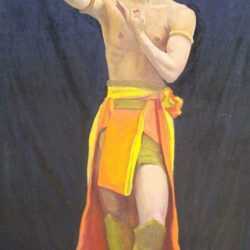
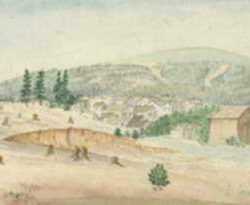
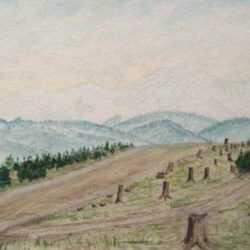
![Print by William Meyerowitz: Early Morning [Gloucester], represented by Childs Gallery](https://childsgallery.com/wp-content/uploads/william_meyerowitz_early_morning__gloucester__pcgl57595-21r_childs_gallery-250x250.jpg)
![Print by William Meyerowitz: [Gloucester from Ten Pound Island, Massachusetts], represented by Childs Gallery](https://childsgallery.com/wp-content/uploads/william_meyerowitz__gloucester_from_ten_pound_isl_p1825-4_childs_gallery-250x250.jpg)
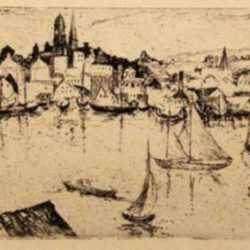
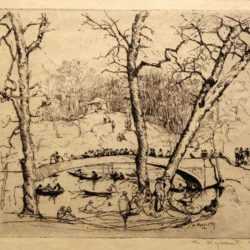
![Print by William Meyerowitz: Spring, Central Park [New York], represented by Childs Gallery](https://childsgallery.com/wp-content/uploads/william_meyerowitz_spring__central_park__new_york_p1934-21_childs_gallery-250x250.jpg)
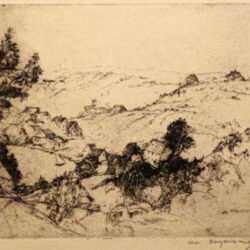
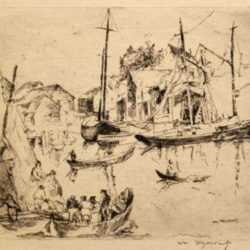
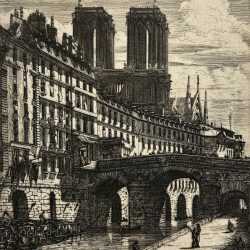
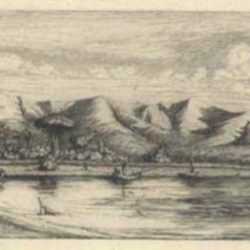
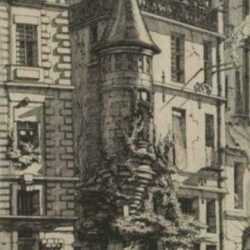



![Watercolor by Gertrude Beals Bourne: [High Street, Ipswich, Massachusetts], available at Childs Gallery, Boston](https://childsgallery.com/wp-content/uploads/gertrude-beals-bourne_high-street-ipswich-massachusetts_89-9-29_childs_gallery_48413-250x250.jpg)
![Watercolor by Gertrude Beals Bourne: [Market], available at Childs Gallery, Boston](https://childsgallery.com/wp-content/uploads/gertrude-beals-bourne_market_89-9-125_childs_gallery_47848-250x250.jpg)
![Watercolor by Gertrude Beals Bourne: [Red Poppies], available at Childs Gallery, Boston](https://childsgallery.com/wp-content/uploads/gertrude-beals-bourne_red-poppies_89-9-81_childs_gallery_47846-250x250.jpg)
![Watercolor by Gertrude Beals Bourne: [Apple Blossoms], available at Childs Gallery, Boston](https://childsgallery.com/wp-content/uploads/gertrude-beals-bourne_apple-blossoms_89-9-127_childs_gallery_47844-250x250.jpg)
![Watercolor by Gertrude Beals Bourne: [Sir Harry the Cockatoo in the Garden at 130 Mount Vernon Street], available at Childs Gallery, Boston](https://childsgallery.com/wp-content/uploads/gertrude-beals-bourne_sir-harry-the-cockatoo-in-the-garden-at-130-mount-vernon-street_89-9-221_childs_gallery-250x250.jpg)
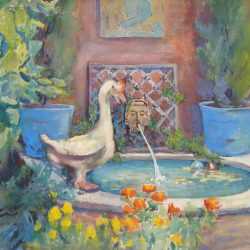
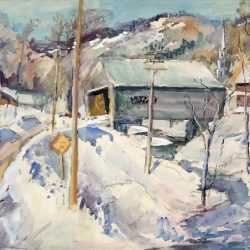
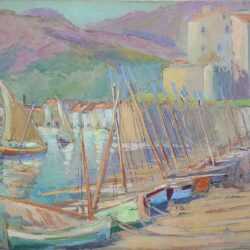
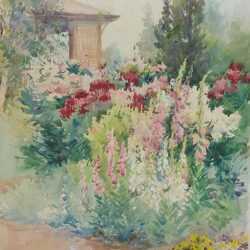
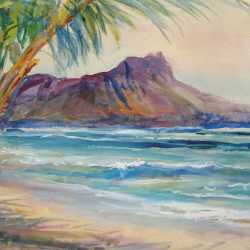
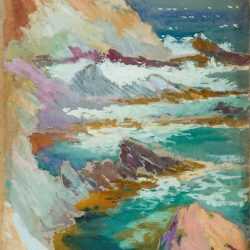
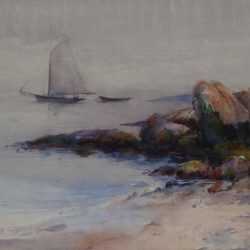

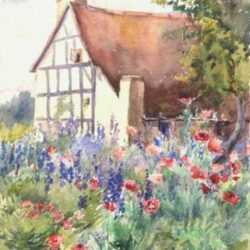
![Watercolor by Gertrude Beals Bourne: Mt. Washington, Winter [New Hampshire], available at Childs Gallery, Boston](https://childsgallery.com/wp-content/uploads/gertrude-beals-bourne_mt.-washington-winter-new-hampshire_childs_gallery-250x250.jpg)
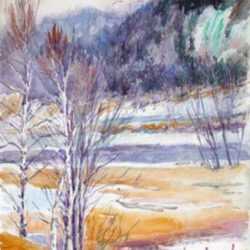
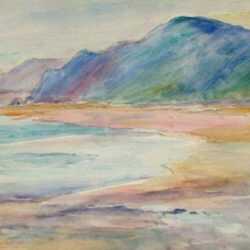

![Watercolor by Gertrude Beals Bourne: [Marshes, Ipswich], available at Childs Gallery, Boston](https://childsgallery.com/wp-content/uploads/gertrude-beals-bourne_marshes-ipswich_childs_gallery_13749-250x250.jpg)
![Watercolor By Gertrude Beals Bourne: [cactus Flowers] At Childs Gallery](https://childsgallery.com/wp-content/uploads/gertrude_beals_bourne_cactus_flowers_89-9-192_childs_gallery-250x250.jpg)
![Watercolor by Gertrude Beals Bourne: [M.I.T. at Sunset], represented by Childs Gallery](https://childsgallery.com/wp-content/uploads/gertrude_beals_bourne__m.i.t._at_sunset__89-9-199_childs_gallery-250x250.jpg)

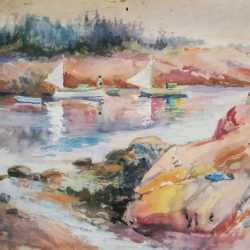
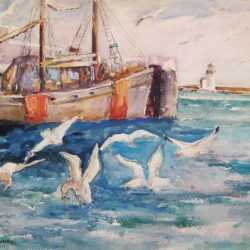
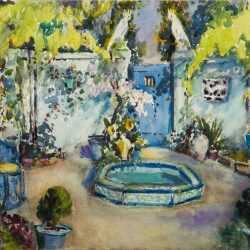
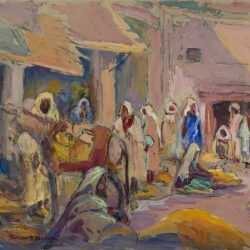
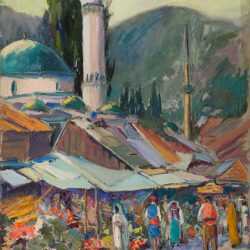
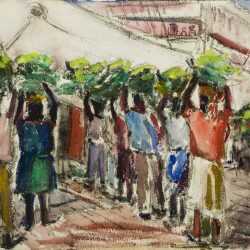
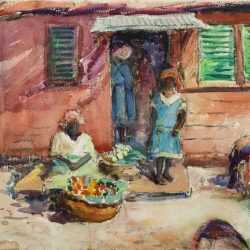
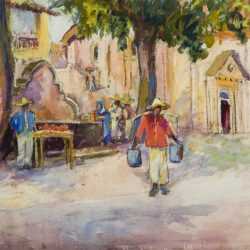
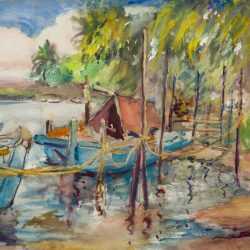
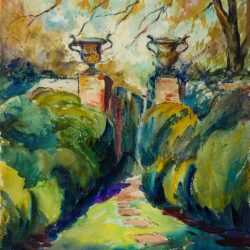
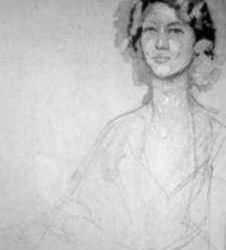
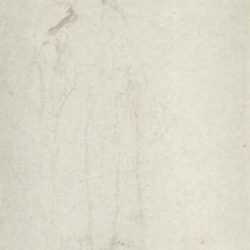
![Drawing by Philip Leslie Hale: [Descent from the Cross], represented by Childs Gallery](https://childsgallery.com/wp-content/uploads/philip_leslie_hale__descent_from_the_cross__cgl35939_childs_gallery-250x250.jpg)
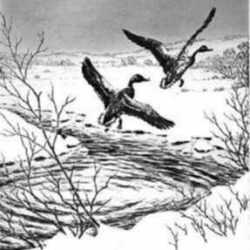
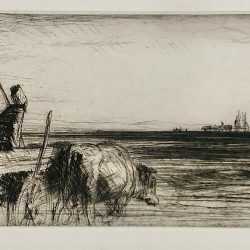
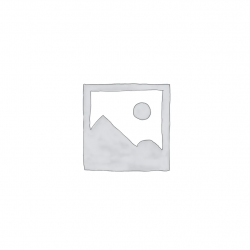
![Drawing By Alexander Brook: [autumn Figure With Rake] At Childs Gallery](https://childsgallery.com/wp-content/uploads/alexander_brook_autumn_figure_with_rake_cgl27194-337_childs_gallery-250x250.jpg)
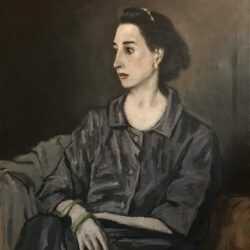
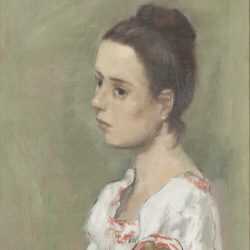
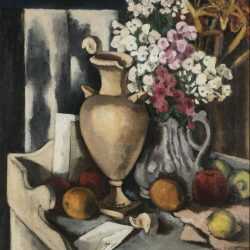
![Drawing by Alexander Brook: [Woman Leaning Over], represented by Childs Gallery](https://childsgallery.com/wp-content/uploads/alexander_brook__woman_leaning_over__cgl27194-128_childs_gallery-250x250.jpg)
![Drawing by Alexander Brook: [Standing Nude], represented by Childs Gallery](https://childsgallery.com/wp-content/uploads/alexander_brook__standing_nude__cgl27194-199_childs_gallery-250x250.jpg)
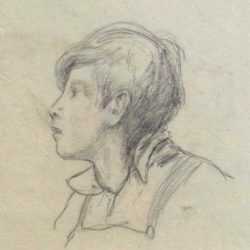
![Drawing by Alexander Brook: [Head of a Little Girl], represented by Childs Gallery](https://childsgallery.com/wp-content/uploads/alexander_brook__head_of_a_little_girl__cgl27194-215_childs_gallery-250x250.jpg)
![Drawing by Alexander Brook: [Little Girl], represented by Childs Gallery](https://childsgallery.com/wp-content/uploads/alexander_brook__little_girl__cgl27194-217_childs_gallery-250x250.jpg)
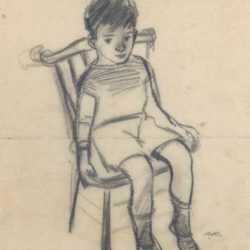
![Drawing by Alexander Brook: [Nude on Steps], represented by Childs Gallery](https://childsgallery.com/wp-content/uploads/alexander_brook__nude_on_steps__cgl27194-267_childs_gallery-250x250.jpg)
![Drawing by Alexander Brook: [Woman Taking Off Shirt], represented by Childs Gallery](https://childsgallery.com/wp-content/uploads/alexander_brook__woman_taking_off_shirt__cgl27194-584_childs_gallery-250x250.jpg)
![Drawing by Alexander Brook: [Shirtless Woman], represented by Childs Gallery](https://childsgallery.com/wp-content/uploads/alexander_brook__shirtless_woman__cgl27194-585_childs_gallery-250x250.jpg)
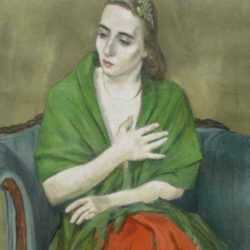
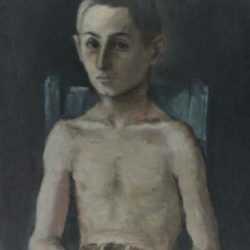
![Painting by Alexander Brook: [Nude with Rose], represented by Childs Gallery](https://childsgallery.com/wp-content/uploads/alexander_brook__nude_with_rose__87-48-15_childs_gallery-250x250.jpg)
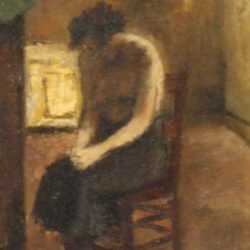
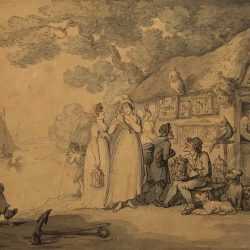
![Print By Thomas Rowlandson: Looking At The Comet Till You Get A Criek [sic] In The Neck At Childs Gallery](https://childsgallery.com/wp-content/uploads/thomas_rowlandson_looking_at_the_comet_till_you_get_a_criek_sic_in_the_neck_17-05-06_childs_gallery-250x250.jpg)
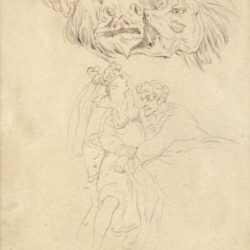
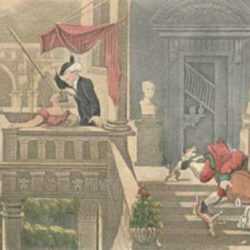
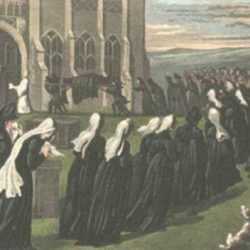
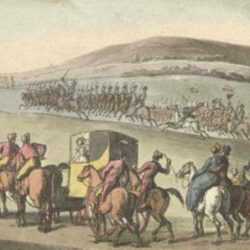
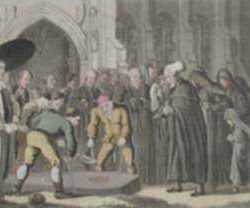
![Drawing by Bryson Burroughs: [Pink Flowers], represented by Childs Gallery](https://childsgallery.com/wp-content/uploads/bryson_burroughs__pink_flowers__cgl29216-496_childs_gallery.jpg)